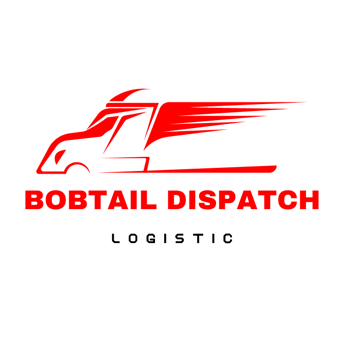The final leg of delivery is commonly regarded as the worst part of being costly and complicated due to the constantly changing customer expectations and the fact that they are still under the heart. All the saints, however, including e-commerce entrepreneurs, logistics managers, or supply chain practitioners, are on the right path with delivery management soft wares-AI technology packaging strategies as well as order tracking systems that run in real-time.
By implementing these strategies, businesses can optimize their last mile delivery systems, leading to enhanced customer loyalty, retention, and profitability. This comprehensive guide covers everything you need to know about the last mile delivery process, from dispatch to final delivery. It includes steps in the last mile delivery process, challenges faced by logistics companies, ways to optimize last mile delivery services, and essential industry trends.
What is Last Mile Delivery?
Last-mile delivery is the final stage of the shipping process, where packages are delivered to customers’ homes or businesses. This phase is often the most expensive and time-consuming part of the journey, demanding specialized expertise and equipment. Companies specializing in last-mile delivery focus on ensuring packages reach their destinations quickly and efficiently. This aspect of delivery has gained increased importance in recent years due to the surge in e-commerce sales. As online shopping continues to grow, the need for enhanced last mile delivery visibility has intensified. Consequently, businesses have experienced a boom, making the process of getting packages from point A to point B faster and more streamlined than ever before.
What Is The Last Mile Problem?
The last mile problem arises from the increasing demand for real-time tracking and precise delivery information by customers. This issue is particularly evident when a package shows as “out for delivery,” but the customer still faces long waits before actually receiving it. In essence, the last mile problem refers to any delay occurring from the moment a package leaves the distribution center until it reaches the customer. These delays often stem from multiple stops and various hindrances in the final mile delivery stage, failing to meet customer expectations.
Sarah Jeffries, who is the Managing Director of First Aid Course Leicester, noted how difficult it was to balance sustainable last mile delivery strategies against customer expectations. In her view With the rise of e-commerce, last mile deliveries have been highly disrupted by customer anticipations. Nowadays they expect seamless, speedy, and clear delivery systems. This change called the Amazon effect has raised this bar. Customers want to track their deliveries in real-time, know precise delivery windows, and have options for same-day or next-day deliveries.
The capability to check packages as they move in real-time is one big thing that customers look out for. In rural areas, long distances between stops can slow down delivery, posing a significant last mile delivery problem. Also, urban areas have traffic congestion and complicated map layouts that create huge problems for logistics companies making the last mile delivery problem worse.
Ways to Optimize Last Mile Logistics
Optimizing last mile logistics aims to balance customer satisfaction, delivery efficiency, and cost-effectiveness. Here are five effective strategies to enhance your last mile delivery process:
Multiple Warehouse Locations
One major challenge in last mile delivery is the timely delivery of packages. By establishing multiple warehouse locations in various geographical areas closer to customers, delivery times can be significantly improved, and fuel consumption reduced as drivers spend less time on the road. Companies like Shopify and Amazon are expanding into warehousing to keep their products closer to customers, facilitating fast and low-cost last mile delivery. Managing inventory across multiple warehouses ensures all items are readily available to the local market, says Nick DiNatale, CEO and founder of ShipPlug. Following this model can enhance delivery speed and increase the number of completed deliveries.
Optimized Route Planning
Inefficient or manual route planning can lead to delays and order cancellations. Utilizing last mile route optimization software like Detrack provides access to multiple routes for maximum efficiency. Detrack’s route planner can complete route planning in seconds, minimizing distance traveled, saving time, and lowering fuel consumption. This results in increased productivity and cost savings. Additionally, optimized route planning reduces your company’s carbon footprint and boosts customer loyalty. By identifying the shortest and fastest delivery routes, logistics companies can better navigate traffic congestion, bad roads, and complex urban areas.




